Concrete, drama and sustainability at Erick van Egeraat's Villa Pirogovo
Villa Pirogovo by Erick van Egeraat in Russia mixes expressive concrete and sustainable architecture in the woods
Ilya Ivanov - Photography
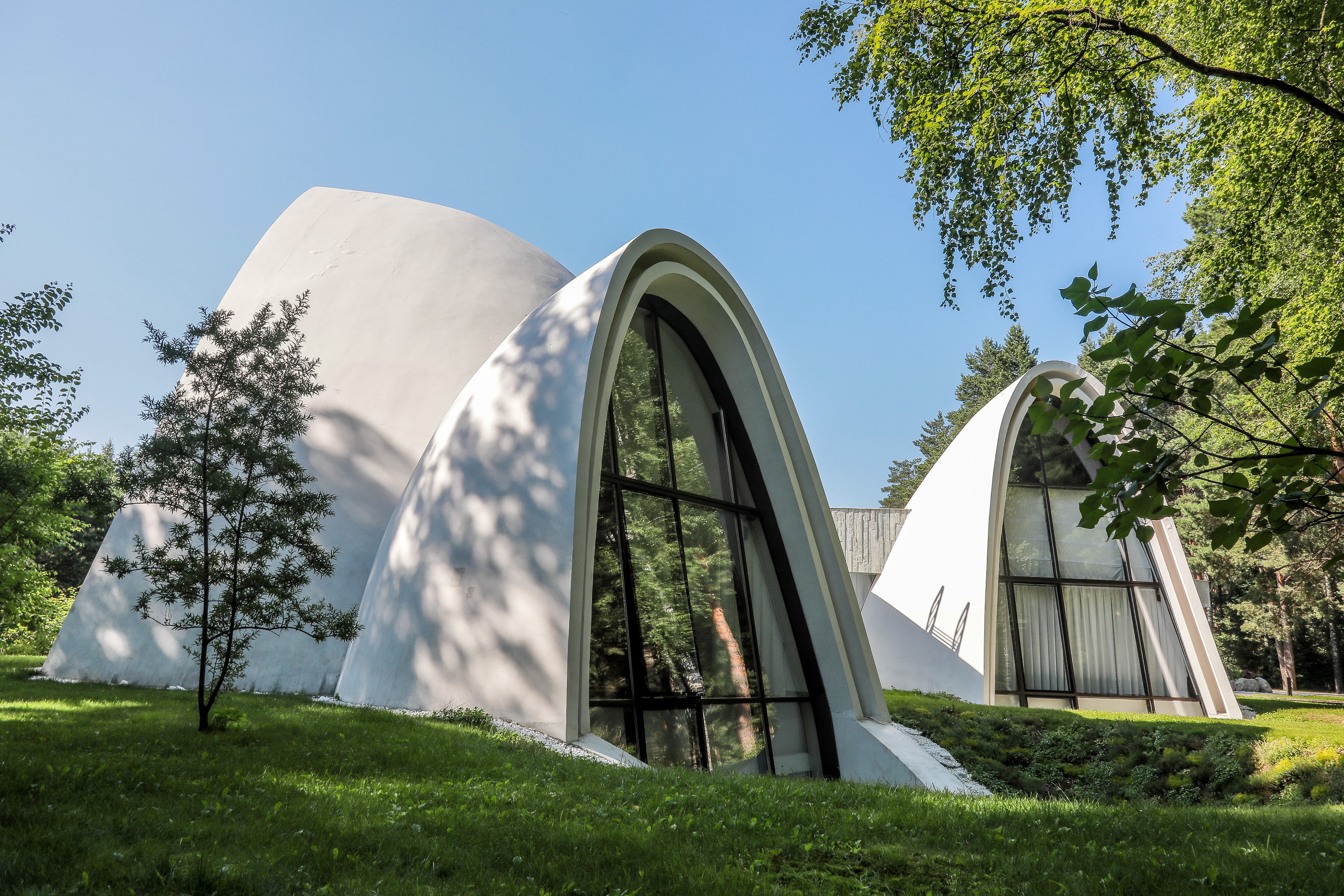
Approaching Villa Pirogovo from afar, a series of catenary dome structures appear to be peeking out from the ground. Made of concrete and glass, these are the dramatic bedrooms at Dutch architect Erick van Egeraat's latest residential offering in Russia. When walking towards the main entrance, the villa fully reveals itself in all its expressive concrete glory that mixes angular geometries with those distinctive sleeping pods, all nestled into the dense pine tree forest along the banks of the Klyazma River in the Russian countryside.
The commission came from a private client who was after a holiday home that would work equally well for both the pleasant summer and the harsh winter conditions of the region. The team at van Egeraat’s architecture studio focused on creating an exuberant composition that offers 21st-century design and all mod cons, while absorbing the natural beauty of the surroundings, allowing the views to take centre stage at almost every room through swathes of glazing, terraces and balconies.
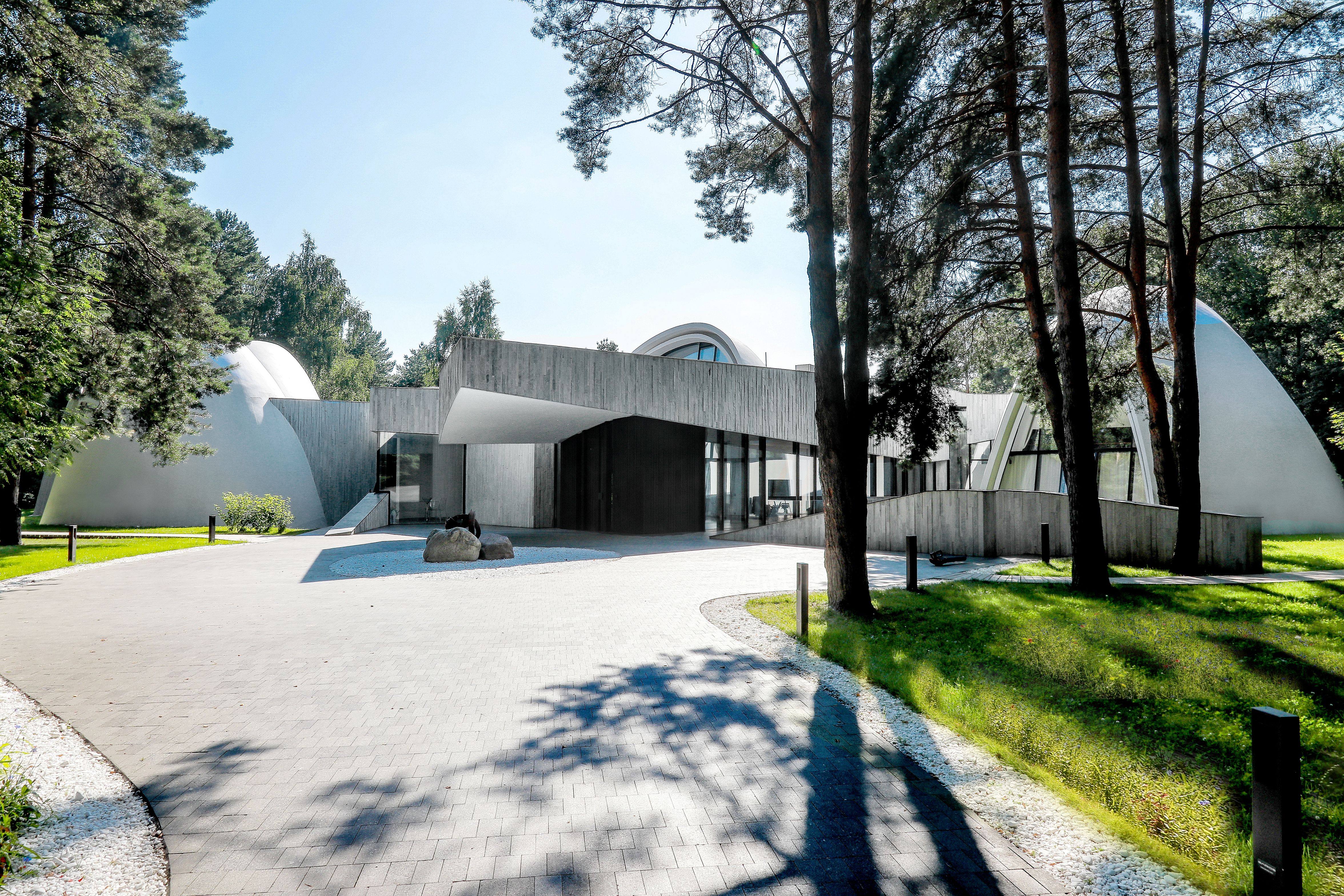
At the same time, inside, strong lines, confident curves and splashes of vibrant colour make for an interior that can hold its own against its natural environment. There is drama and an eclectic, sculptural approach that mixes materials – from concrete to natural stone, timber cladding and luxurious, soft, fabric-covered elements. Meanwhile, bespoke details abound in this finely crafted home, where the distinctive geometries of every room demanded tailor-made solutions.
The complex features four generous bedrooms, each in its discrete domed wing, and a flowing sequence of communal areas, including living, dining, library, pool, terraces, and other recreational areas across the main, ground level, and a basement. ’A sweeping vaulted ceiling shelters this common space and amalgamates the different domes into a collective sculpted composition. This way the villa satisfies the client’s need for a clear delineation between private and public spaces,’ say the architects.
Of the home’s eco credentials, they add: ‘With half of the spaces built underground and the choice of highly insulated solid concrete structure for all parts, including the domes, the villa has exceptionally low energy consumption. The high thermal mass provides excellent balanced conditions year around. The ground source heat pump provides for both floor heating and cooling, which allows a fully sustainable architecture with no reliance on any outside system.’
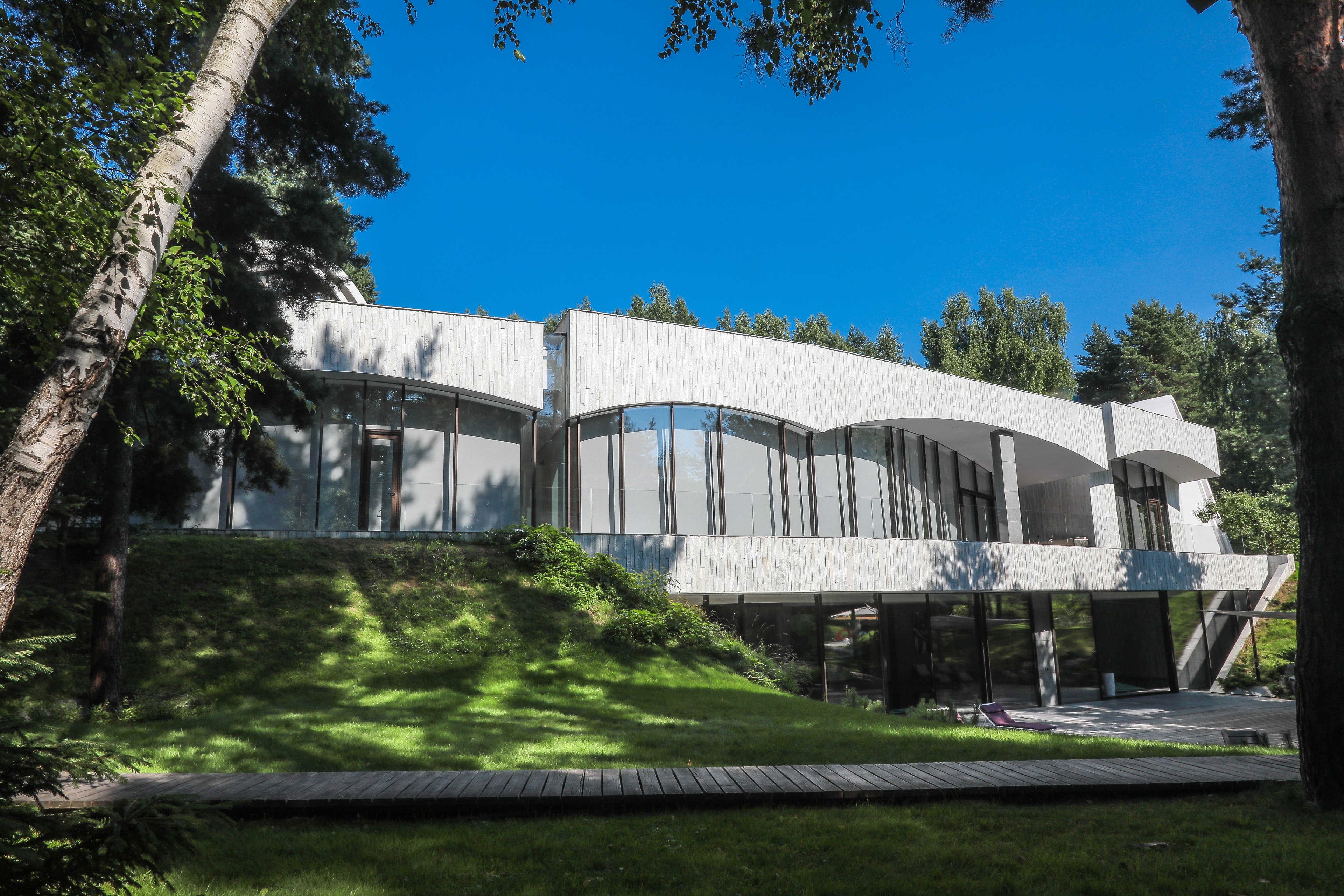
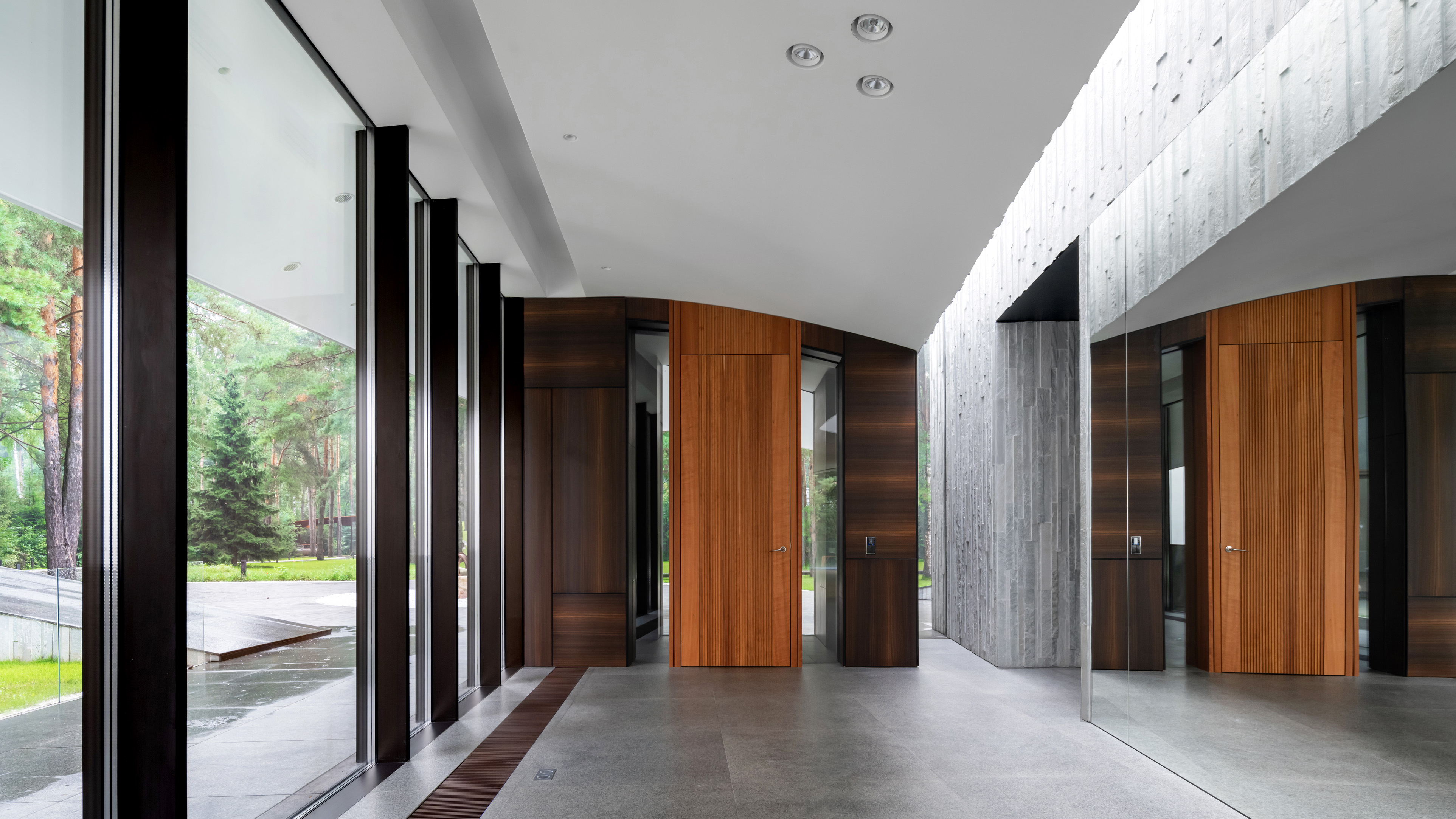

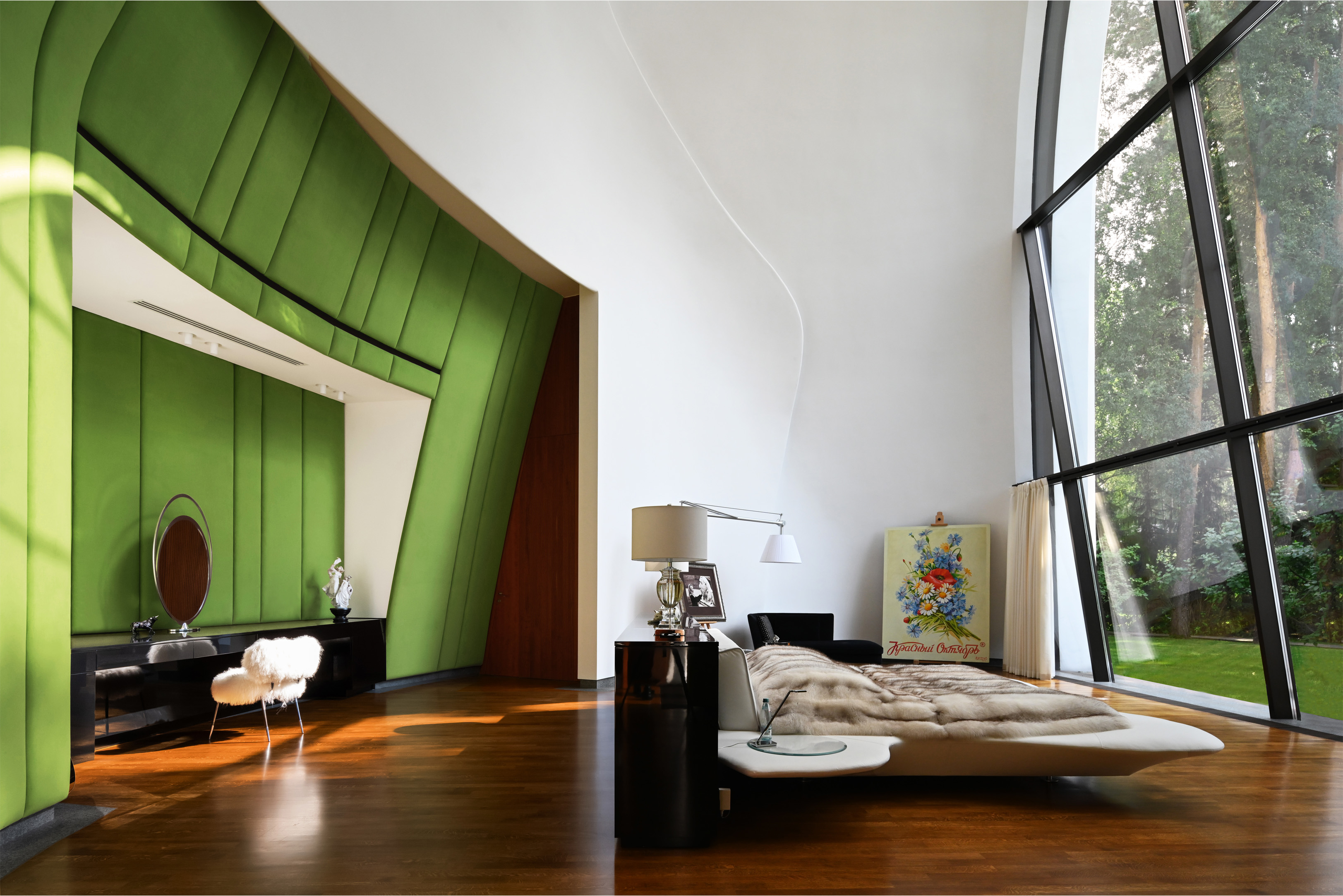
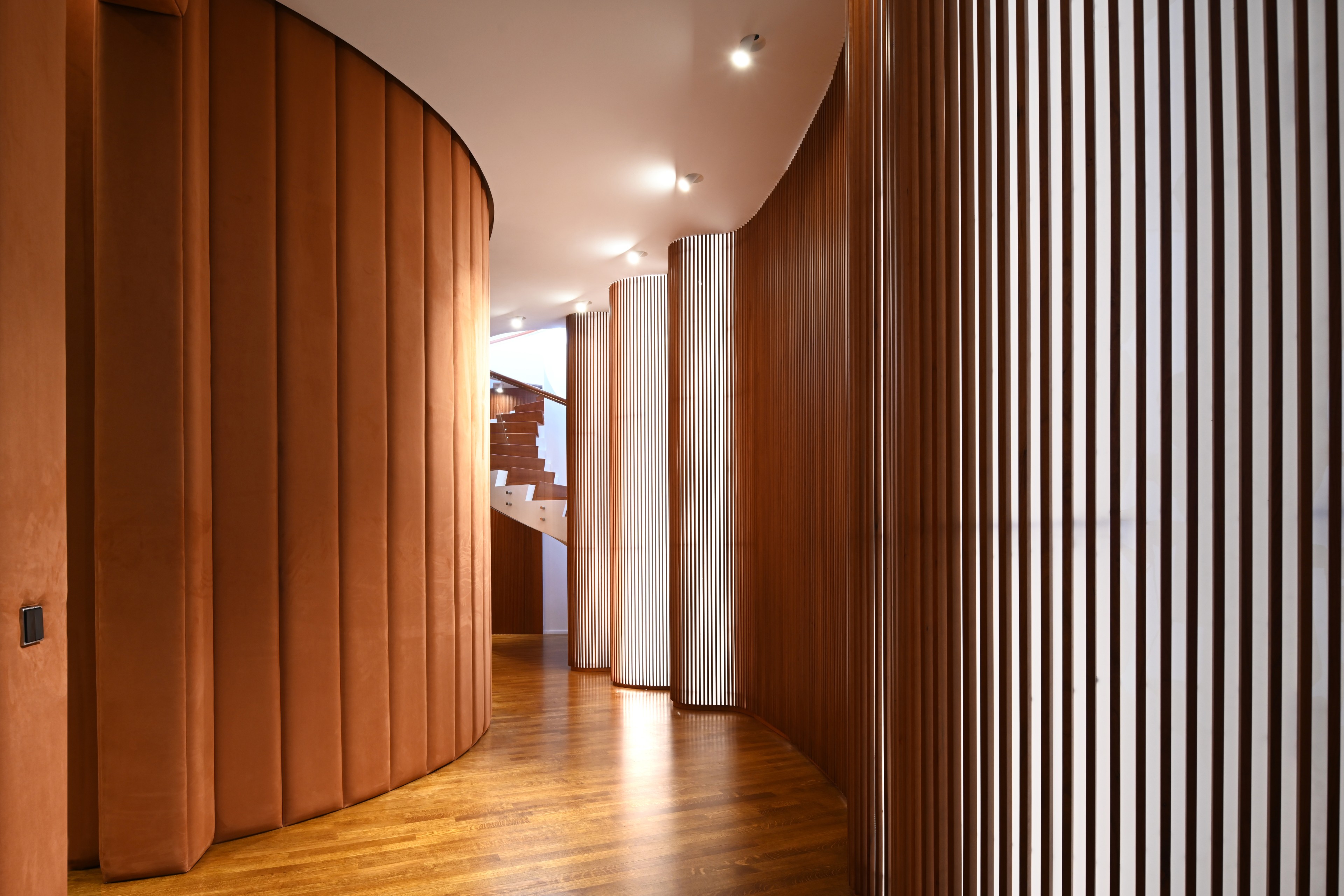
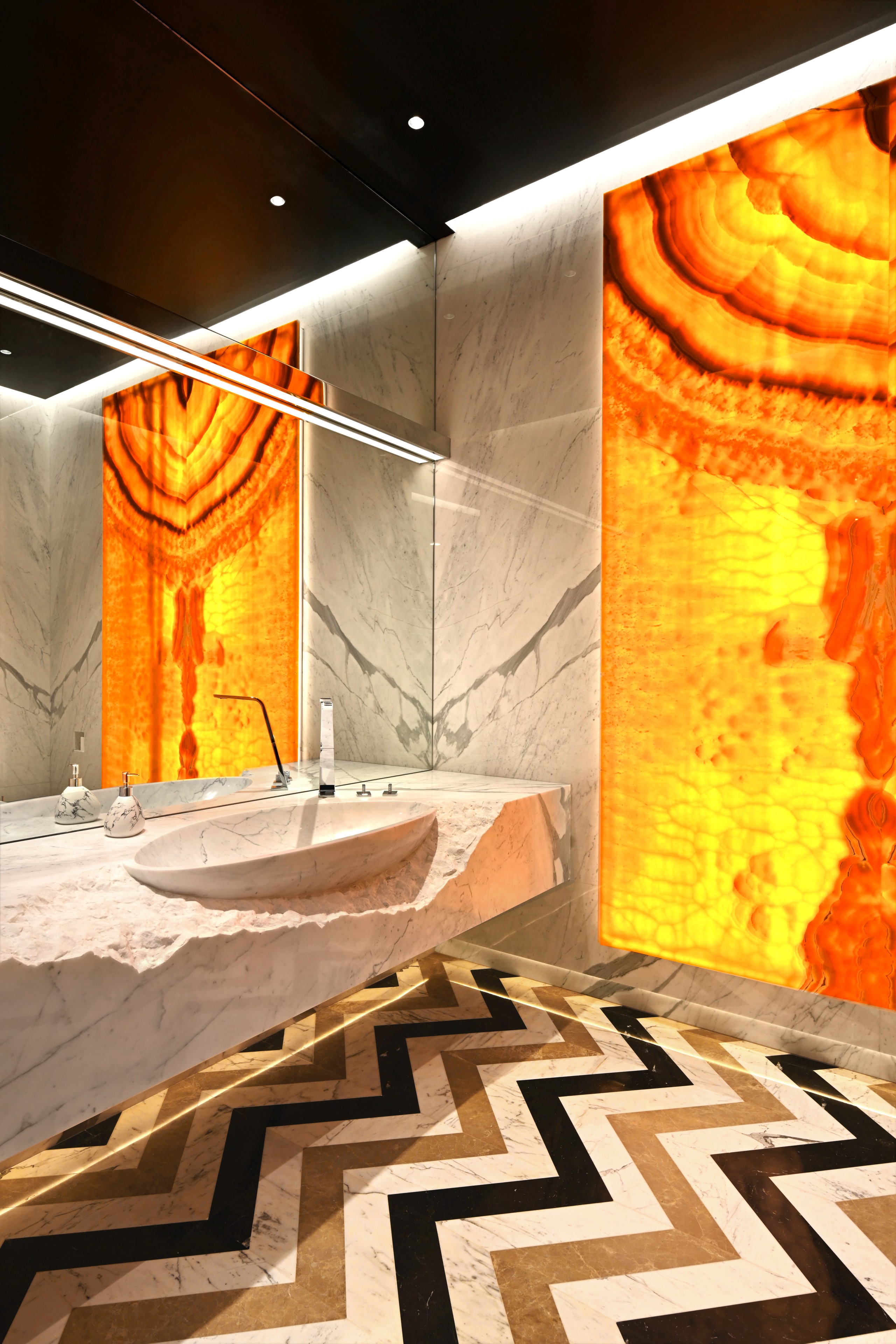
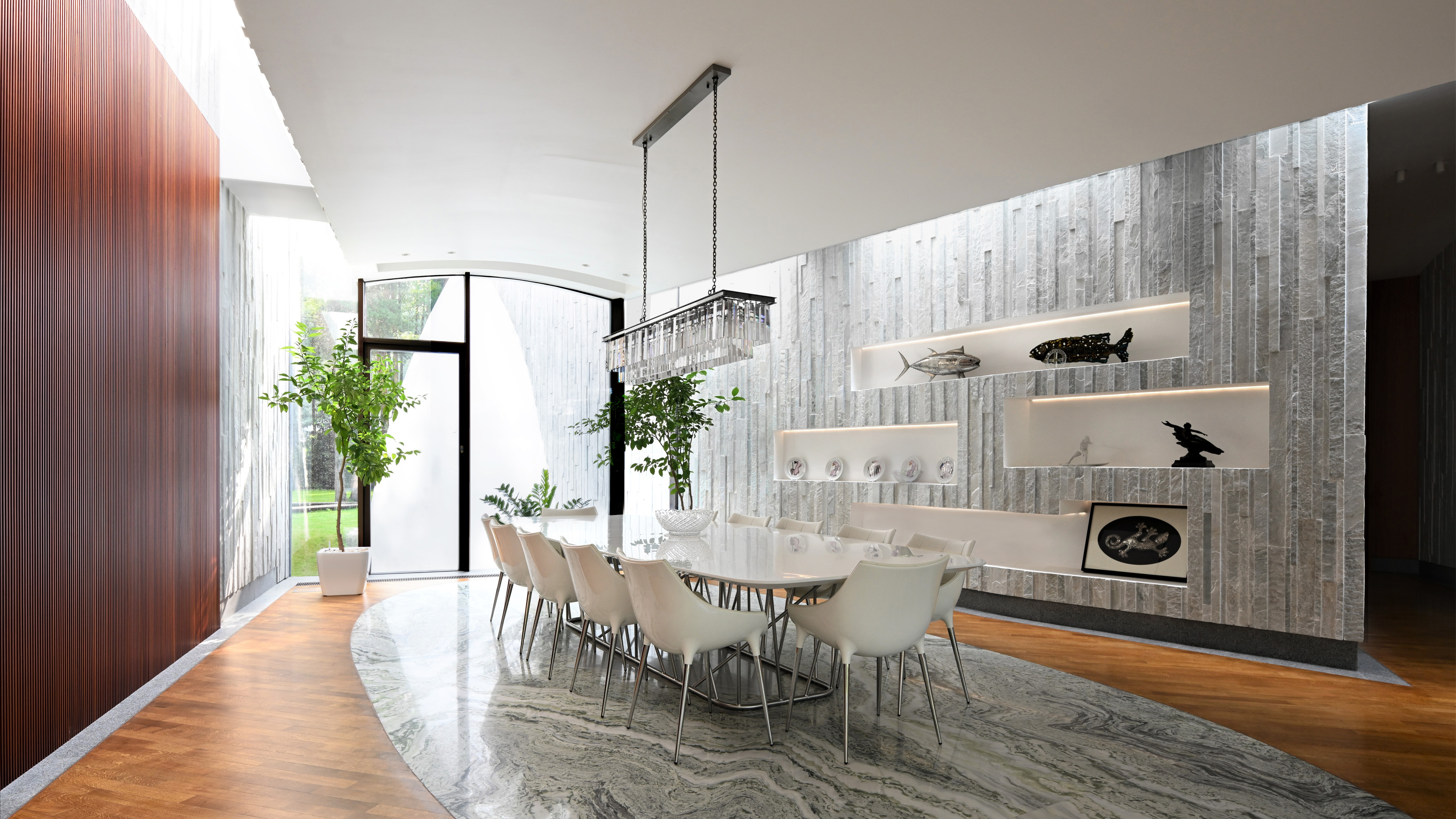
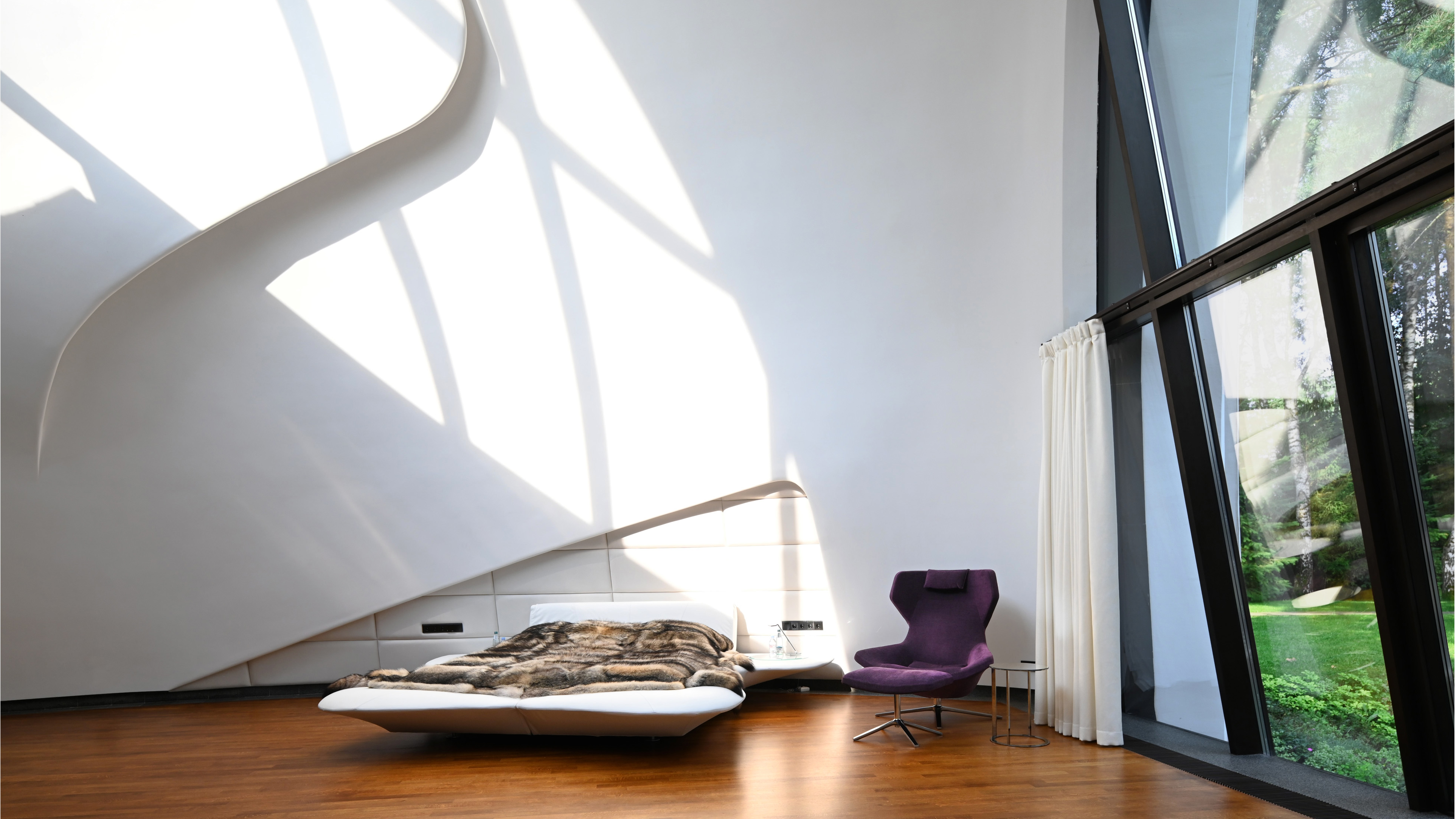
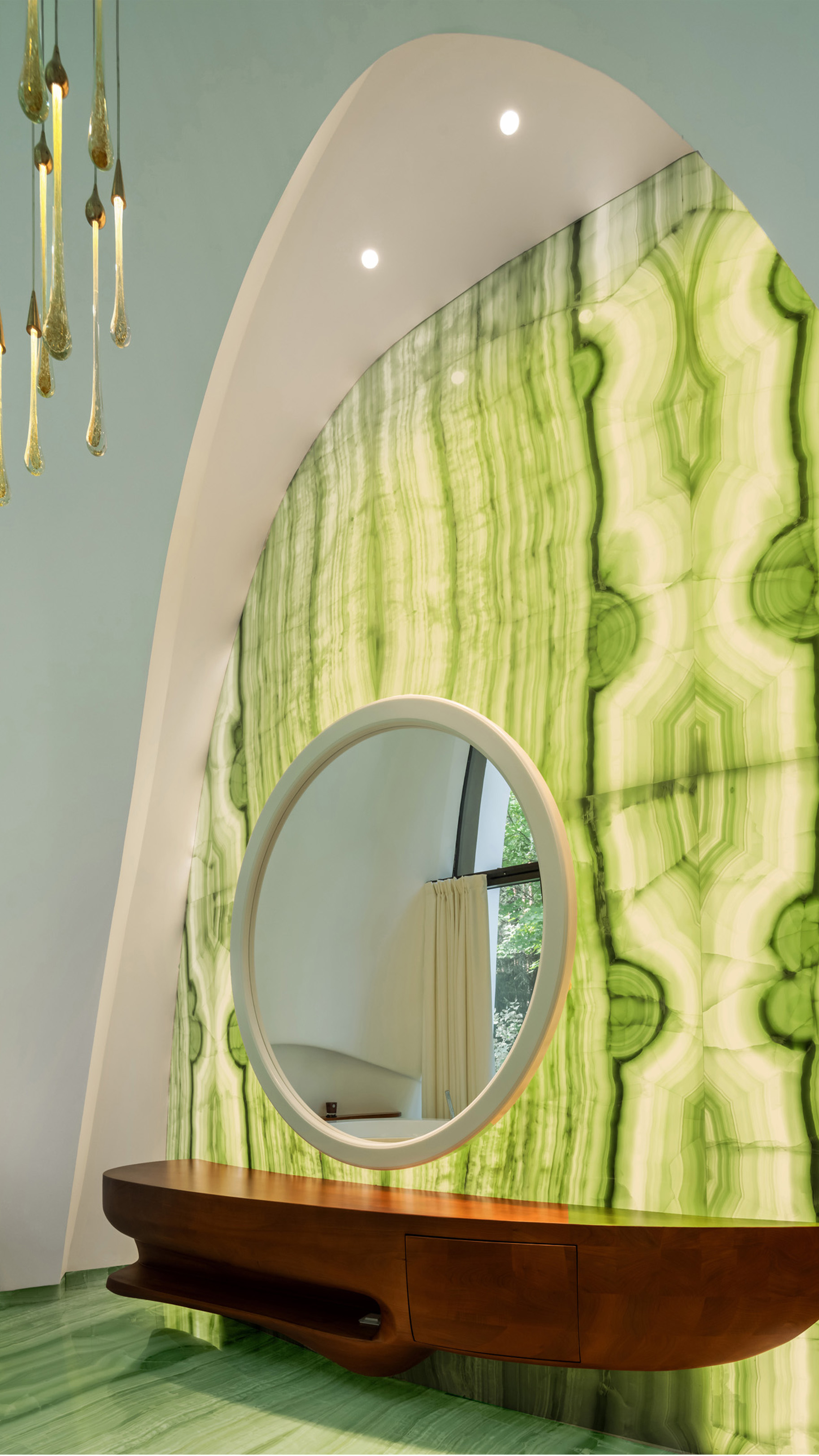

INFORMATION
Receive our daily digest of inspiration, escapism and design stories from around the world direct to your inbox.
Ellie Stathaki is the Architecture & Environment Director at Wallpaper*. She trained as an architect at the Aristotle University of Thessaloniki in Greece and studied architectural history at the Bartlett in London. Now an established journalist, she has been a member of the Wallpaper* team since 2006, visiting buildings across the globe and interviewing leading architects such as Tadao Ando and Rem Koolhaas. Ellie has also taken part in judging panels, moderated events, curated shows and contributed in books, such as The Contemporary House (Thames & Hudson, 2018), Glenn Sestig Architecture Diary (2020) and House London (2022).
-
 Remembering Valentino Garavani, master of Italian glamour (1932-2026)
Remembering Valentino Garavani, master of Italian glamour (1932-2026)‘The Last Emperor’ of fashion has passed away aged 93, it has been announced by his eponymous foundation today (19 January 2026). He will be remembered for his expressive vision of Roman glamour and cinematic muses
-
 The design reissues we loved from Paris Design Week
The design reissues we loved from Paris Design WeekWe bring you the best contemporary interpretations of historic design, fresh from Paris Design Week 2026
-
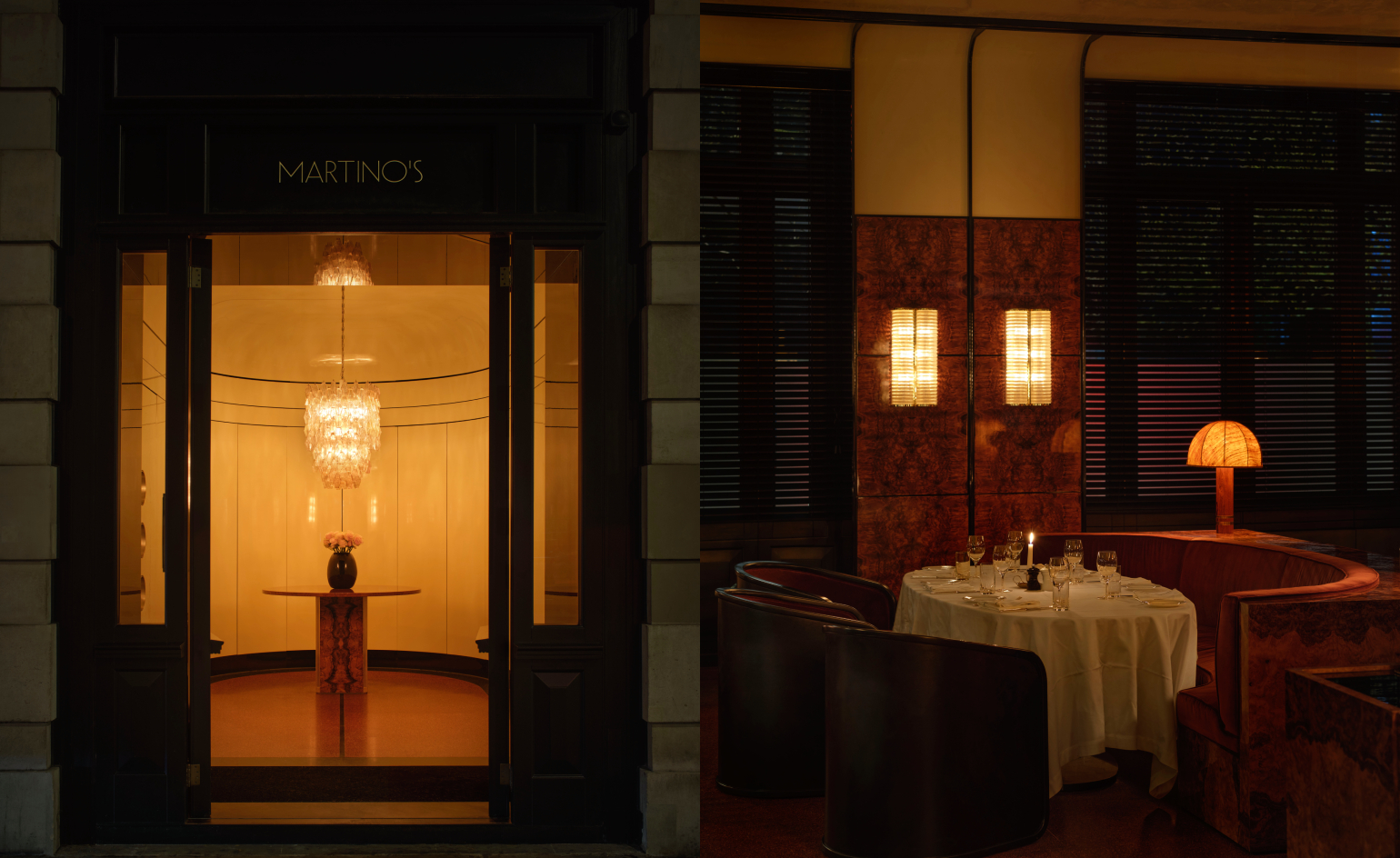 Martin Kuczmarski’s new London restaurant is made for long lunches and late nights
Martin Kuczmarski’s new London restaurant is made for long lunches and late nightsFrom the founder of The Dover comes Martino’s: a softly lit Italian trattoria in Sloane Square, where appetite, atmosphere and romance are inseparable
-
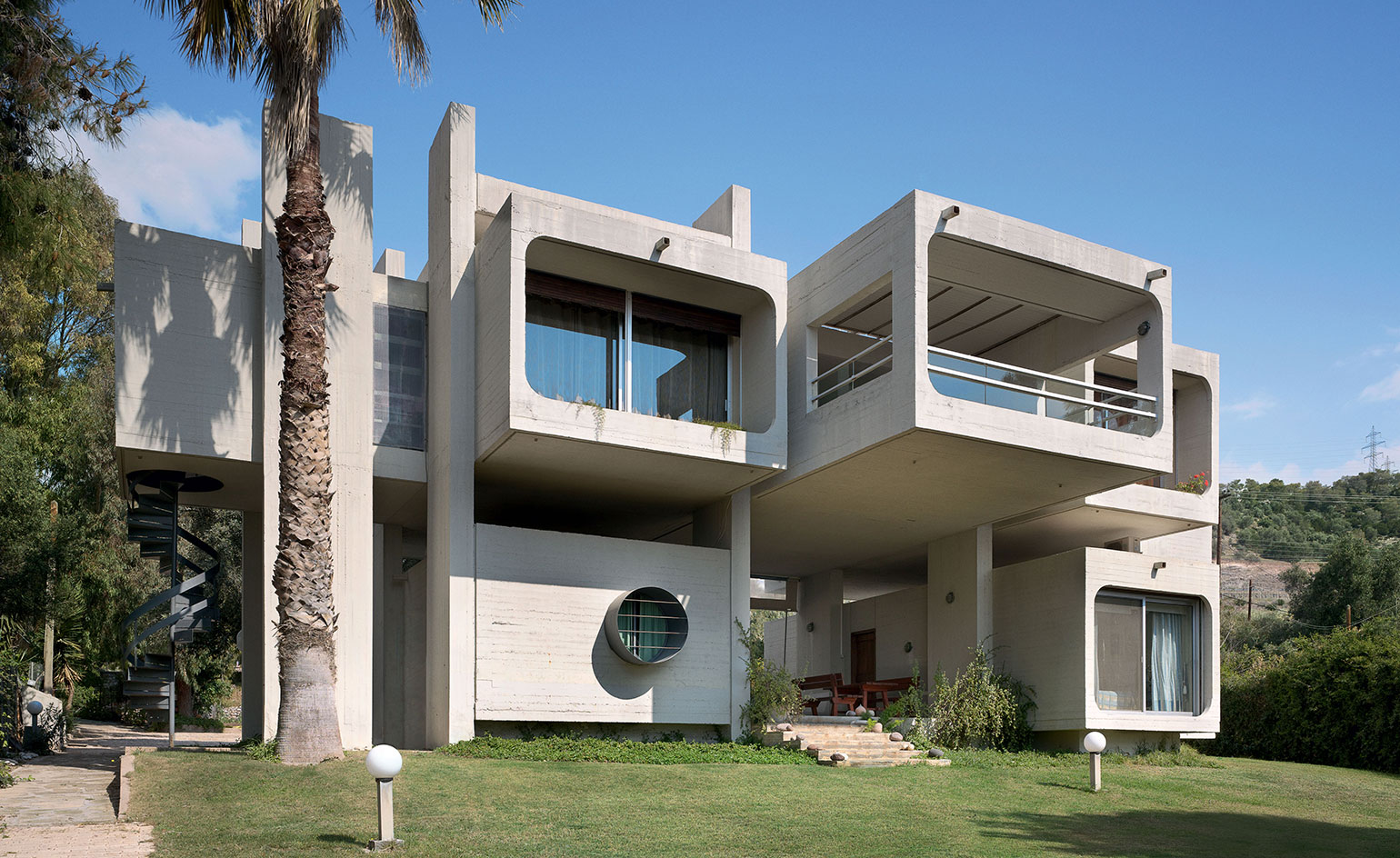 Remembering Alexandros Tombazis (1939-2024), and the Metabolist architecture of this 1970s eco-pioneer
Remembering Alexandros Tombazis (1939-2024), and the Metabolist architecture of this 1970s eco-pioneerBack in September 2010 (W*138), we explored the legacy and history of Greek architect Alexandros Tombazis, who this month celebrates his 80th birthday.
-
 Sun-drenched Los Angeles houses: modernism to minimalism
Sun-drenched Los Angeles houses: modernism to minimalismFrom modernist residences to riveting renovations and new-build contemporary homes, we tour some of the finest Los Angeles houses under the Californian sun
-
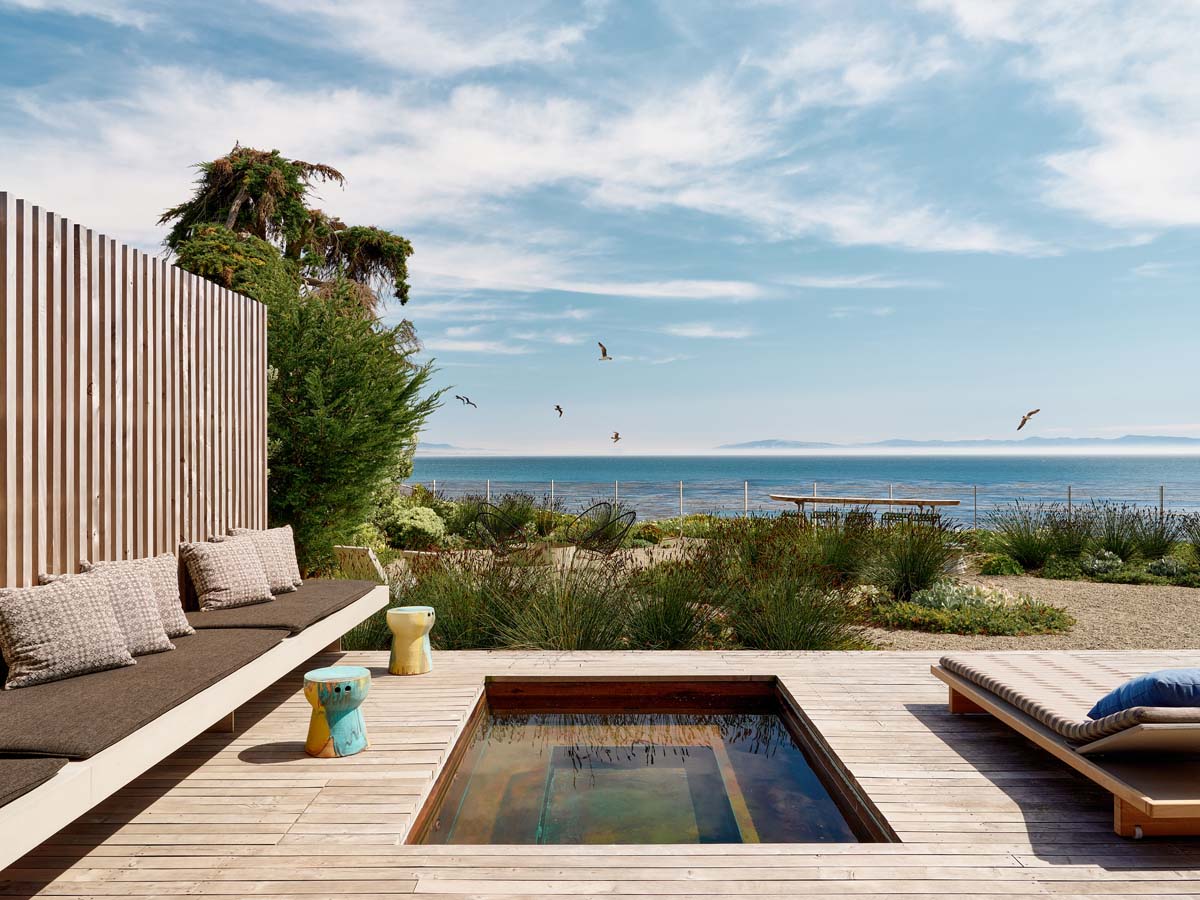 Extraordinary escapes: where would you like to be?
Extraordinary escapes: where would you like to be?Peruse and lose yourself in these extraordinary escapes; there's nothing better to get the creative juices flowing than a healthy dose of daydreaming
-
 Year in review: top 10 houses of 2022, selected by Wallpaper* architecture editor Ellie Stathaki
Year in review: top 10 houses of 2022, selected by Wallpaper* architecture editor Ellie StathakiWallpaper’s Ellie Stathaki reveals her top 10 houses of 2022 – from modernist reinventions to urban extensions and idyllic retreats
-
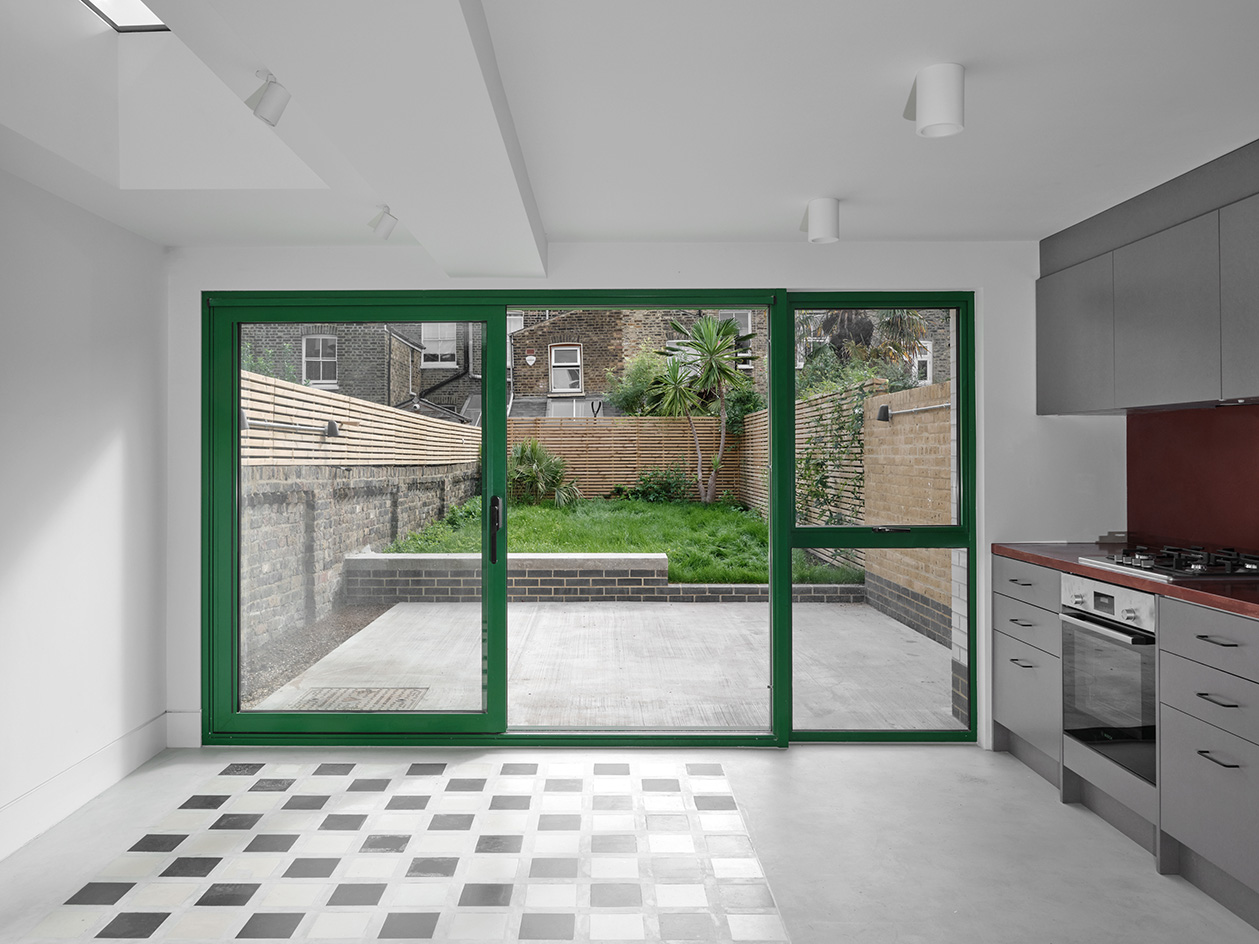 Roz Barr’s terrace house extension is a minimalist reimagining
Roz Barr’s terrace house extension is a minimalist reimaginingTerrace house extension by Roz Barr Architects transforms Victorian London home through pared-down elegance
-
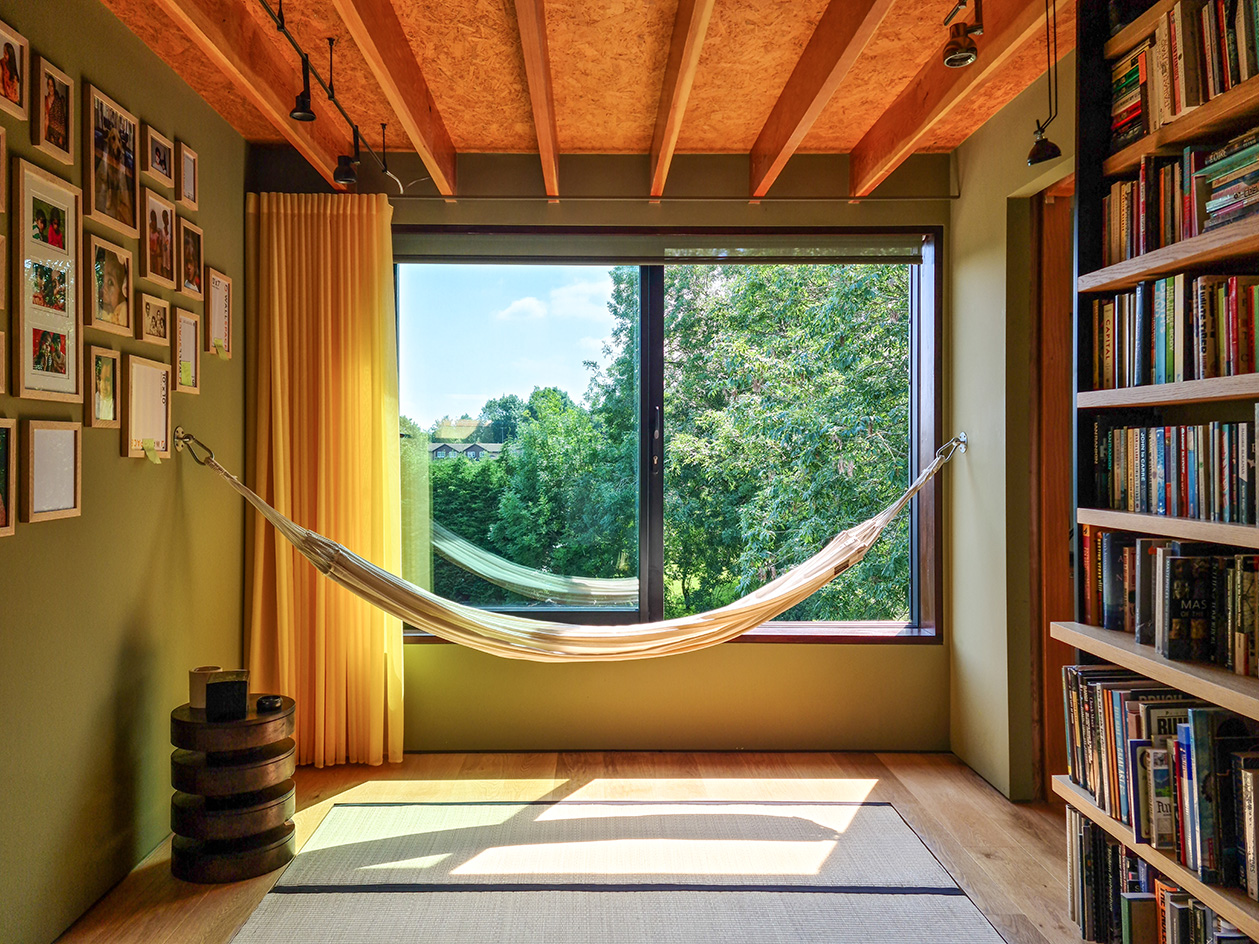 Tree View House blends warm modernism and nature
Tree View House blends warm modernism and natureNorth London's Tree View House by Neil Dusheiko Architects draws on Delhi and California living
-
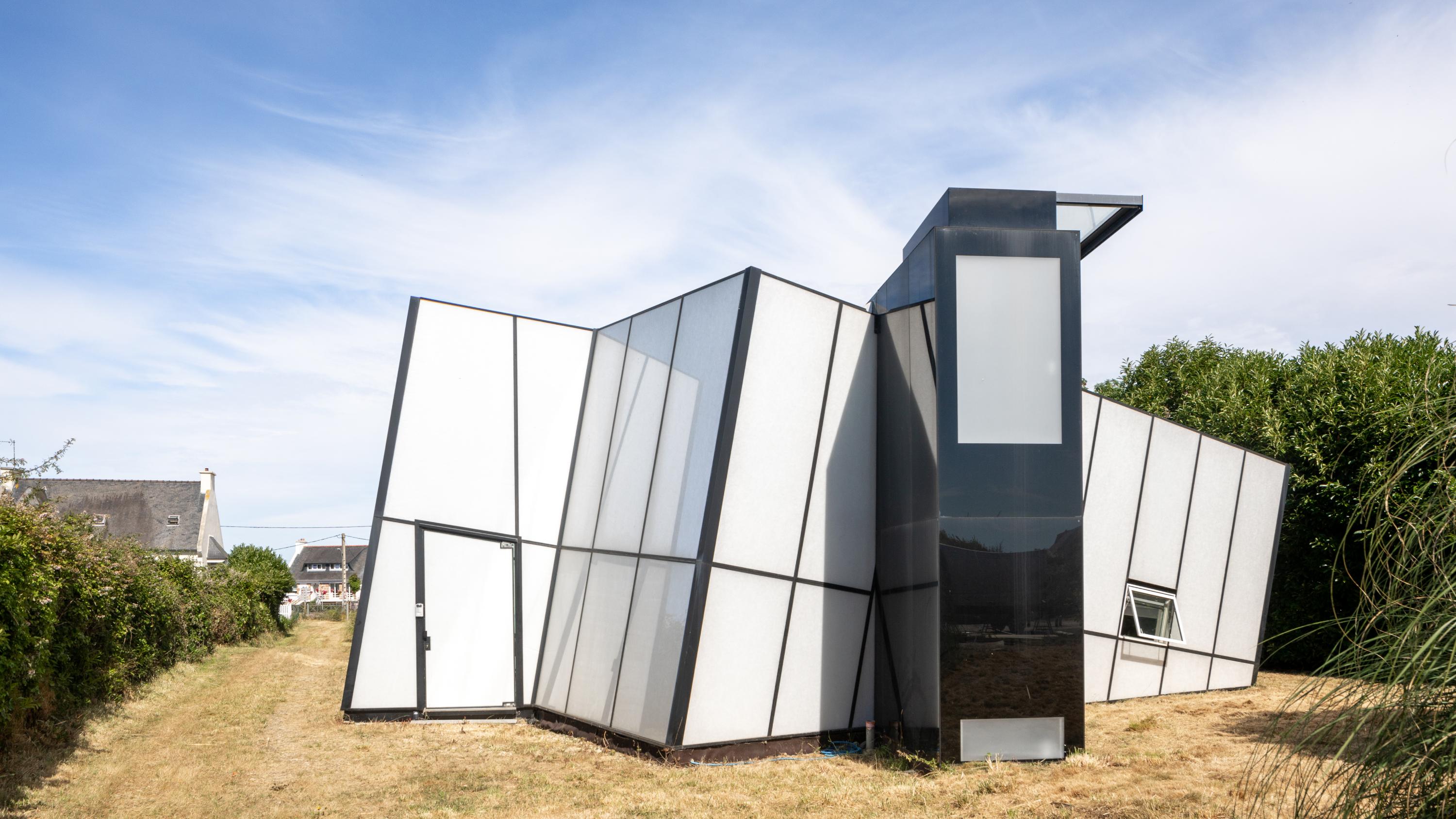 Maison de Verre: a dramatic glass house in France by Studio Odile Decq
Maison de Verre: a dramatic glass house in France by Studio Odile DecqMaison de Verre in Carantec is a glass box with a difference, housing a calming interior with a science fiction edge
-
 Modernist Coromandel farmhouse refreshed by Frankie Pappas, Mayat Hart and Thomashoff+Partner
Modernist Coromandel farmhouse refreshed by Frankie Pappas, Mayat Hart and Thomashoff+PartnerAn iconic Coromandel farmhouse is being reimagined by the South African architectural collaborative of Frankie Pappas, Mayat Hart and Thomashoff+Partner